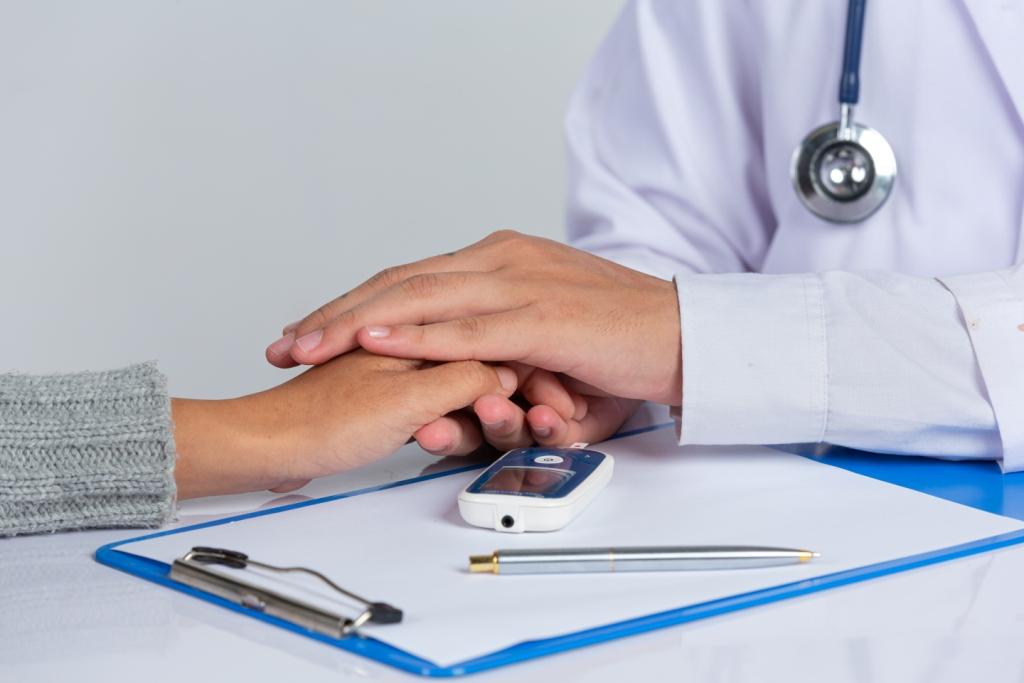
The total number of adults with Diabetes in India is estimated to be 89.8 million (data from International Diabetes Federation Atlas, 2024). Nearly half of the people with diabetes in India are unaware of their condition. Increasingly. Type 2 diabetes is being diagnosed in younger adults and even children, affecting the most productive years of life.
The rising trend of Diabetes in young as a result of complex between genetic and rapidly changing lifestyles. Indians have a higher inherent genetic susceptibility to Type 2 diabetes compared to many other populations. We tend to have higher abdominal fat as compared to Caucasians of same weight. (Thin fat phenotype).This contributes additionally to genetically inherited higher Insulin resistance in our population.
Traditional Indian meals are often heavy on refined carbohydrates (white rice, white flour (atta) for rotis) which break down quickly into glucose, placing a heavy load on the pancreas. The shift from traditional diets to modern, urban diets has had a significant negative impact. Rising affluence and urbanization have led to a massive increase in the consumption of snacks, biscuits, and ready-to-eat meals high in hidden sugars, trans fats, and preservatives and frequent consumption of packaged juices, high in sugar.
Rapid economic growth has dramatically reduced daily physical activity, contributing directly to weight gain and insulin resistance. Increased use of cars, two-wheelers, elevators, and remote controls has replaced walking and manual labor, even in many rural settings. The massive growth in the IT and service sectors involves long working hours that are primarily sedentary. Despite increased awareness, many adults do not meet the recommended 150 minutes of moderate-intensity physical activity per week. The pressures of urban life, long commutes, and late-night working culture (like in call centers) disrupt sleep patterns and increase chronic stress. Stress hormones like cortisol can raise blood sugar levels, contributing to the condition.

Adopting dietary changes and lifestyle measures is the key to bring down the risk of Diabetes nationally and at the level of an individual. The Glycemic index (GI) of an Indian meal can be lowered by pairing the carbohydrate (roti or rice) with a large portion of protein (dal, paneer, sprouts, chicken/fish) and fiber (salad, cooked vegetables). The protein and fiber slow down glucose absorption. Make exercise a habit; aim for 30–45 minutes of brisk walking, jogging, cycling, or stair-climbing every day. Incorporate bodyweight exercises (squats, push-ups) or weights 2-3 times a week. Aim for 7-8 hours of quality sleep nightly. Poor sleep is a major driver of insulin resistance. Practice daily stress reduction through yoga, meditation (Pranayama), or deep breathing exercises for 10-15 minutes. Periodically get your blood glucose tested in a fasting state .Indian Council of Medical Research advises screening for Diabetes should start from the age of thirty years.
Shared by : Dr Anil
Menon Head of Endocrinology at DPU Super Specialty Hospital, Pimpri Pune







